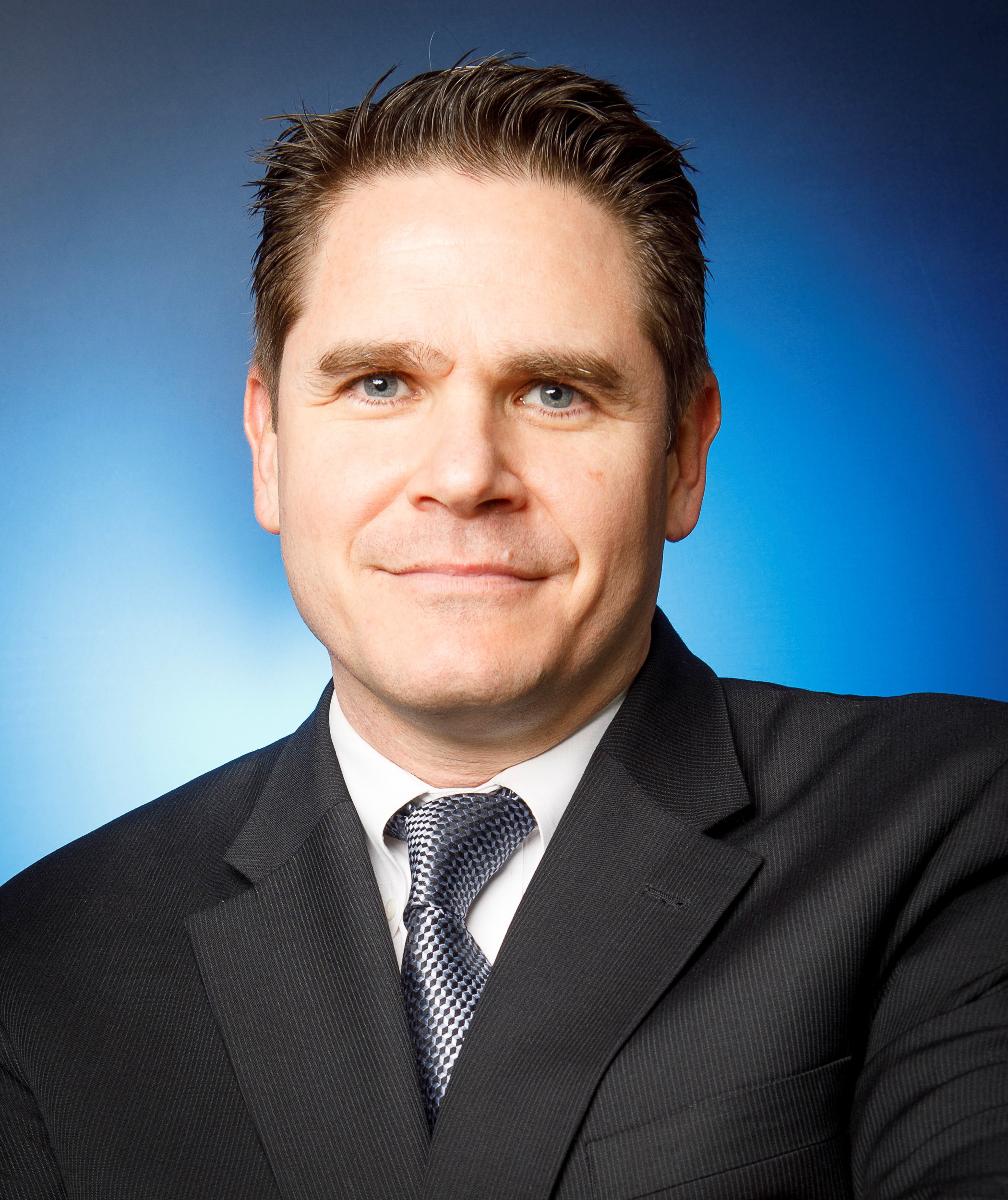What’s new: This week, VISION by Protiviti launched a months-long exploration of a new topic: The Future of Money.
Why it matters: Over the coming months, Protiviti’s future-focused digital magazine will host policy experts, executives, economists, academics and Protiviti’s own subject-matter experts to talk about the changing money landscape and how it will impact industries, economies, commerce, countries and their currencies, and most importantly, business and global financial markets.
Go deeper: For an overview of upcoming content, read my cover article below. It highlights some of the key stories that set the stage for the theme. To stay informed of new content as it is published, subscribe.
___
For baseball fans in America, one of the biggest moments in baseball history is Hank Aaron’s iconic 715th home run that broke Babe Ruth’s long-standing home run record. That moment, of course, was captured on video, and is, by now, a well-established part of baseball’s historical archive. When I watch the video, however, I find myself oddly engaged not by the home run itself, but by where the ball lands—right in front of an oversized advertisement for First National Bank’s new BankAmeriCard.
The year was 1974 and the card ad urged baseball fans and spectators to “think of it as money.” It’s hard to imagine a world where consumers had to be convinced that credit cards were, indeed, money. Or that they should want to purchase now and pay later. But this was almost 50 years ago, when only 16% of all U.S. households had a credit card, so this was still a tough sell. In fact, the BankAmeriCard was first issued by Bank of America back in 1958, but adoption was, in a word, slow.
I’ve been reflecting on First National’s advertising message a lot lately. It’s a reminder that our relationship with money—and how we earn it, save it, spend it, and indeed, “think of it”—is an evolving and fluid one. How do we think about money? What does the word “money” mean today compared to 1974? What will it mean in 2034 or even 2054? It’s a compelling and complicated question. So, of course, VISION by Protiviti set out to find the answers.
CREDIT WHERE IT’S DUE
The concept of credit dates back at least 5,000 years. Archaeologists unearthed clay tablets that show agreements to buy something but pay later between Mesopotamians and merchants from nearby Harappa—layaway in the cradle of civilization. Cash, in the form of coins, was already around by that point and has remained king pretty much since then.
In the 1950s, the Diner’s Club card served as a successful proof of concept. Banks took note, and once the magnetic strip that could store user data on cards was introduced in 1969, there was no turning back. Today, 83% of U.S. adults own a credit card and we sure do love them. Statista estimates there will be more than 30 billion credit and debit cards in circulation globally by 2025—four for every person on the planet. Although credit usage and penetration vary greatly by country, there is no doubt that much of the planet prefers plastic to paper.
Globally, there are no “cashless countries” just yet but ForexBonuses says several are getting close. Canada tops the list, with Sweden, the UK, France and the United States rounding out the top five. Going cashless has its advantages and disadvantages and opens a Pandora’s box of new methods of payments and new digital currencies—regulated and unregulated—to emerge.
A FINANCIAL TRANSFORMATION
All of this is to say the world is in the process of a major financial transformation, which will undoubtedly have global economic consequences. What role will central banks play in digital currencies? What about developing countries—where do they fit into this new, and more virtual, reality? What about the 1.7 billion adults worldwide who are unbanked—some 21% of the world’s population. What does that mean for countries like Morocco, Vietnam and Egypt, where two-thirds of people have no bank account?
And what impact could a new monetary system have on the U.S. dollar as the world’s reserve currency? Could the U.S. dollar be replaced? If so, by what? And when? This question is top of mind for business executives and central to VISION by Protiviti’s exploration of the future of money. We asked economists and experts to weigh in on what’s next for the U.S dollar. We asked the same question of executives in our Protiviti-Oxford global survey on the future of money, which is out in early October. And in a November 15 webinar, we’ll do a deeper dive into the U.S. dollar and the potential currencies—digital or otherwise—that could replace it.
ON THE MONEY
These are some of the big issues and questions VISION by Protiviti will explore over the next several months in our Future of Money theme. We’ll tackle the questions above and much more, including payments, banks, financial services, asset and wealth management. And we’ll consider the implications of privacy, cyber, emerging tech, fintech, financial crime, and regulation and compliance.
We kick off the topic by interviewing two of Protiviti’s Advisory Board members. Economist Dr. Peter Henry is a Senior Fellow at Stanford University’s Hoover Institution and Freeman Spogli Institute for International Studies, and Dean Emeritus of New York University’s Leonard N. Stern School of Business. He lays out a global roadmap for a more prosperous and equitable future. And financial executive Evelyn Dilsaver, former President and CEO of Charles Schwab Investment Management, draws a line between the past and the future of financial services, which she says will be dominated by AI and crypto.
We speak with The Economist’s Swarup Gupta, the lead industry analyst for financial services for The Economist Intelligence Unit, about cash, data and how a digital financial future will impact privacy and anonymity. We also talk to Cornell professor of trade policy, economist and author Eswar Prasad about how the pending digital revolution will transform global currencies and the people who use them. Meanwhile, Protiviti Managing Director Adam Johnston sits down with Darren Furnarello, Chief Compliance Officer of HSBC Asia Pacific, to discuss the regulatory environment and banking over the next several years.
The world of sports and the world of money have both come a long way since 1974 but remain intertwined. FIFA had a crypto sponsor for the Qatar World Cup, and the English Premier League and The National Basketball Association currently have crypto sponsorships, as well. Major League Baseball also had one: It signed what turned out to be a disastrous deal with now defunct FTX in 2021 that had umpires wearing the FTX logo on their sleeves.
I wonder what old Hank and the Babe would have said about that?





